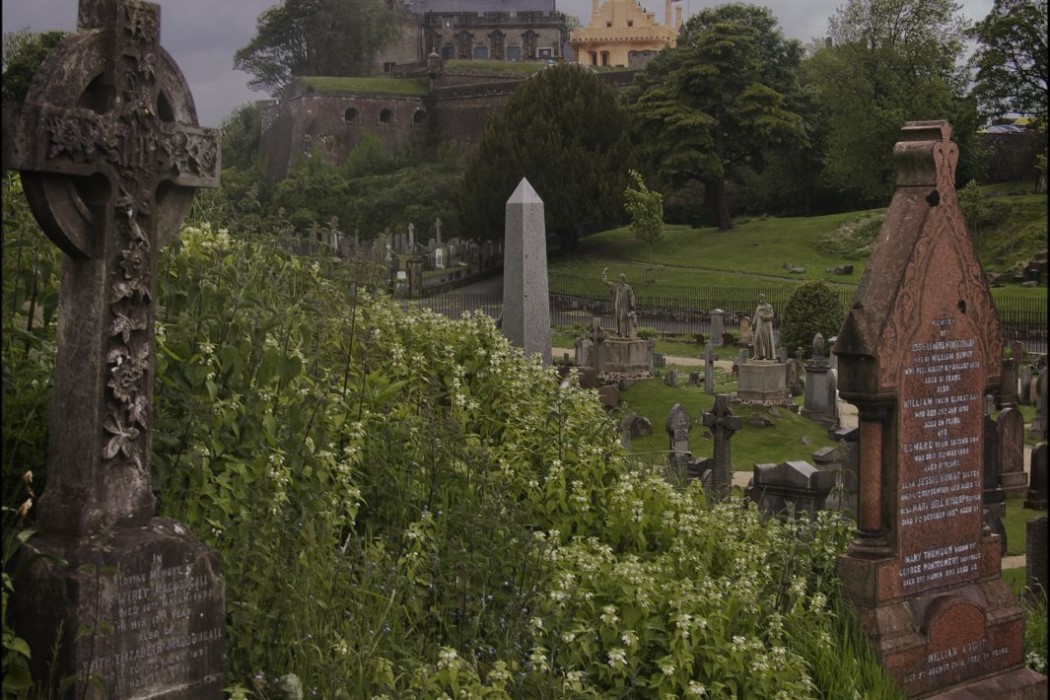Stirling, Scotland, is the home of Stirling Castle, a truly marvelous place that I love to visit, that sits atop a giant crag, or hill, overlooking the whole town of Stirling.
There has been a castle on that hill since the 12th century at least, and maybe before, but the current buildings date from the 15th and 16th centuries.
When we think of medieval castles, we usually picture a grand structure, with subdued, dark stone masonry. But when you gaze upon Stirling Castle today from the town below, you will notice that one of the buildings is different from the others. Since 1999, after a decadelong restoration effort that altered the building inside and out, the Great Hall of Stirling Castle has been a bright, cheery yellow.
Not everyone in Stirling is happy about that.
When Historic Scotland took over the castle, it was completely gray stone. But throughout the castle, in corners and covered sections, they discovered bits of the original lime wash, pure lime (calcium oxide) that contains earth-based pigments. It’s a coating that’s meant to protect the stone masonry. In the case of Stirling, they found a significant yellow ochre layer of lime wash.
The yellow was very intentional at the time. Hundreds of years ago, the built world was basically gray and brown, but on this giant hill, there was a great yellow piece of ostentatious bling that signaled for miles that this was a place for a king.

